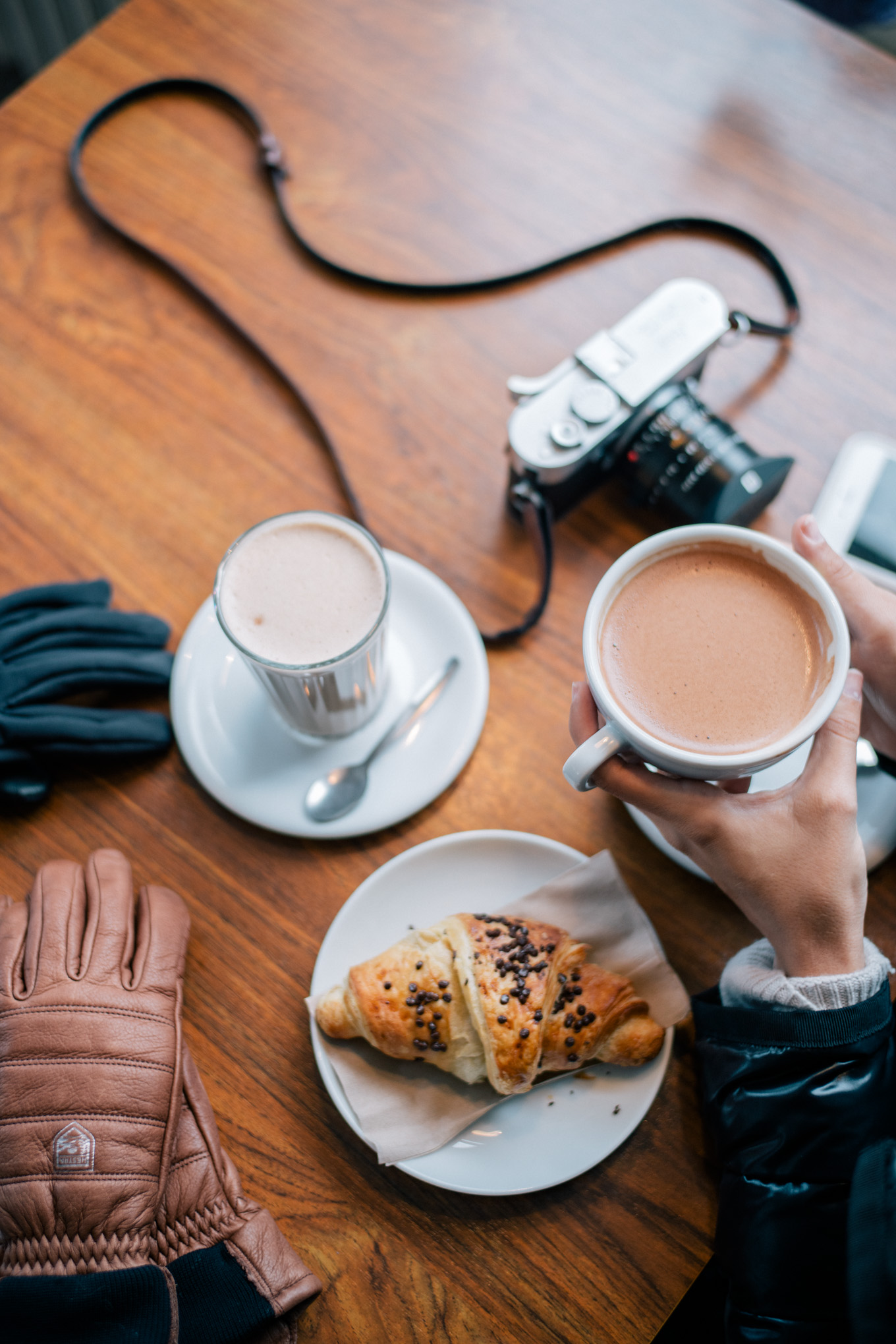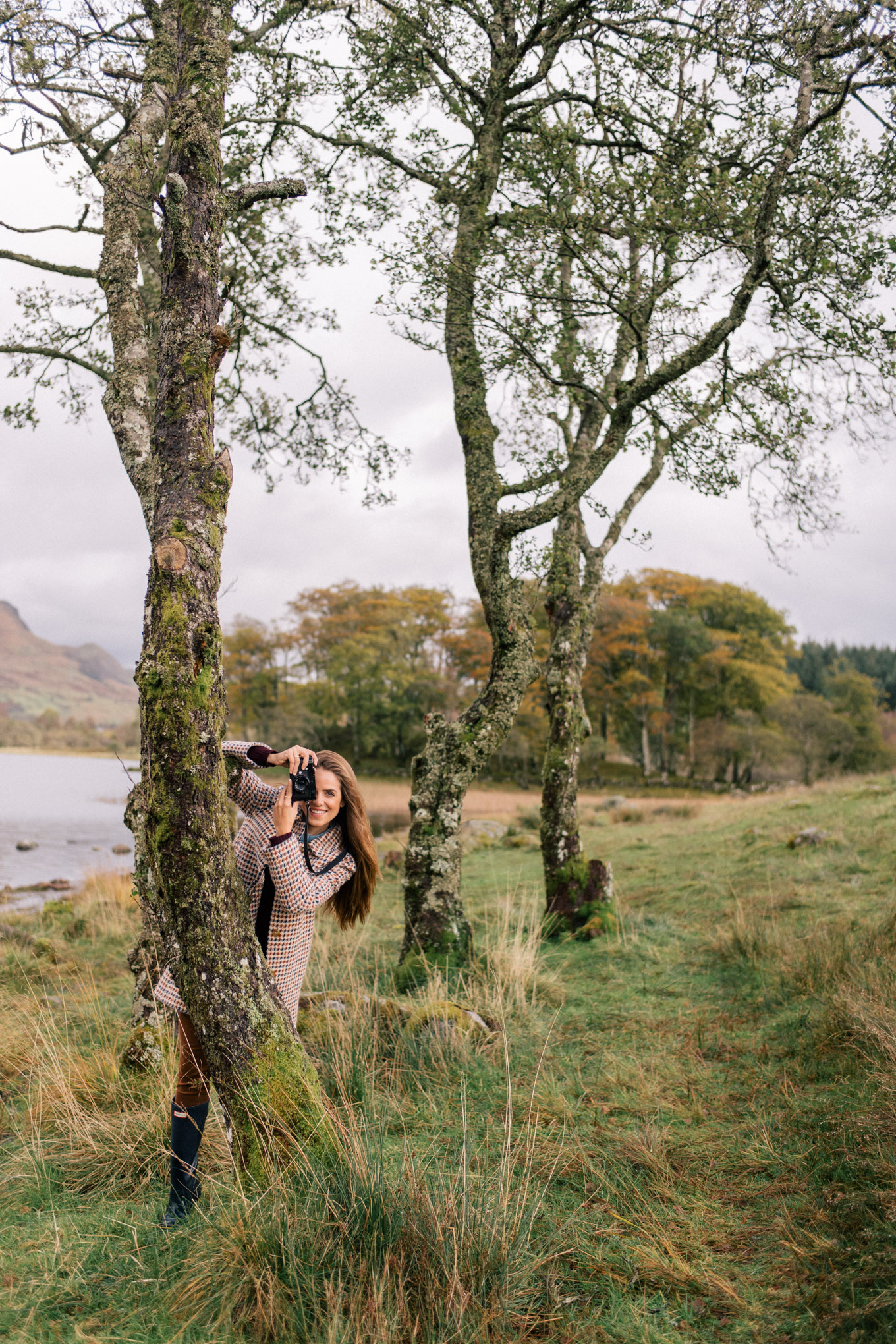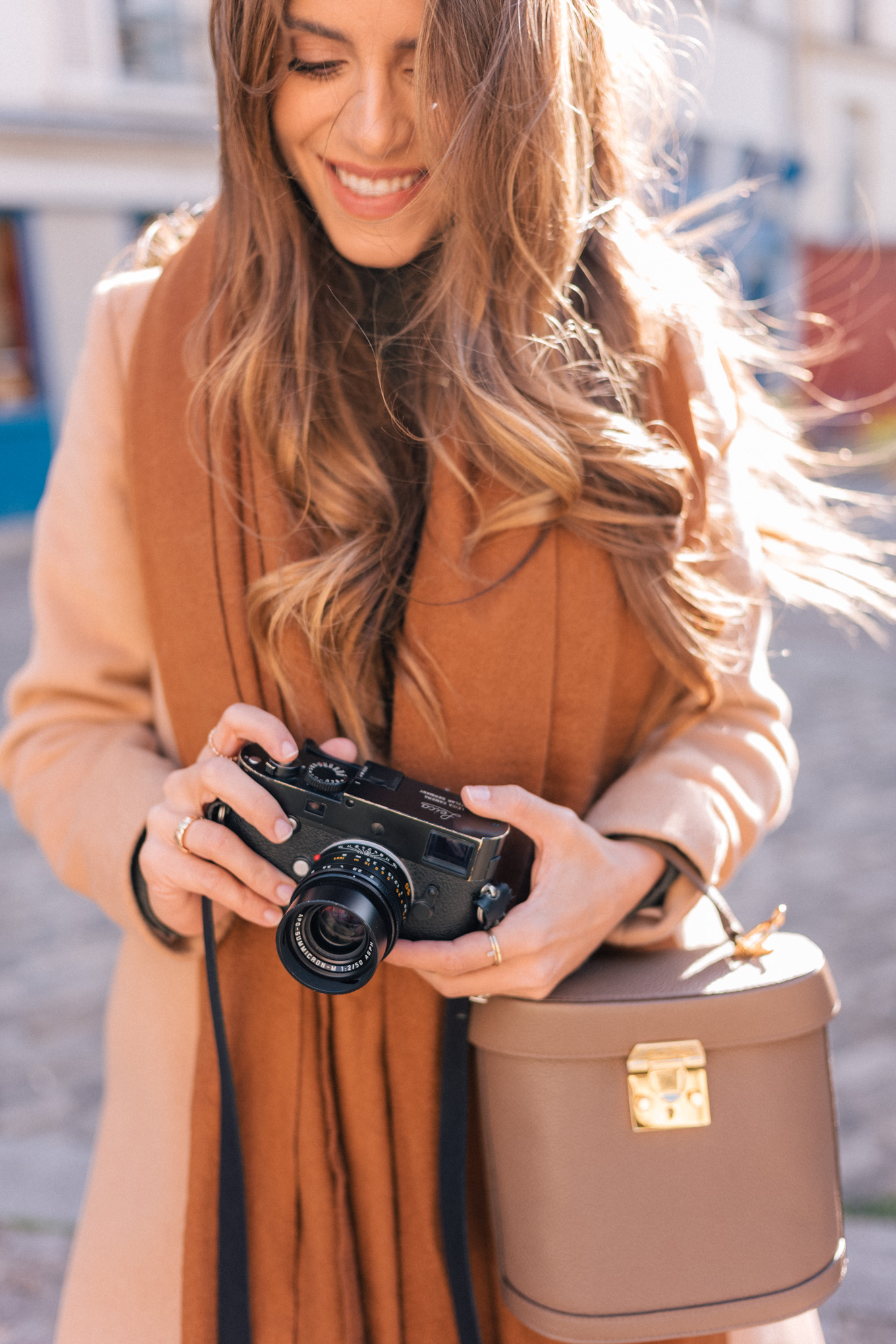
Howdy! It’s your favorite contributor, Thomas or Tom for short or T for even shorter. I’ve put together a great post that I hope you find helpful. It’s a long one, so you might have to let your 10am meeting know you’ll be cancelling. I’ve wanted to talk about this topic of entry level photography for a while now but seeing as I have a writing problem, like a modern Alexander Hamilton, I write like I’m running out of time, putting every thought on paper. So a short post turned to a long one and kept getting longer, my editor (Julia) finally put a date on the calendar for me to commit to, so here it is.
My most recommended camera surprises or even disappoints almost everyone that I tell it to. Phone cameras in the newest Apple, Samsung and Google devices are now better than most entry level cameras. Not only that but you can’t beat the portability or the ease of use. That being said, I understand why this answer might disappoint someone wanting to buy a “real” camera. They have a mental picture of themselves as this sexy photographer, traveling the world with a professional or hipster looking camera capturing images that are magazine print worthy. Or they might be a new parent or grandparent trying to capture timeless memories of their newest family member. Whatever your imaginary photographer self looks like, this dream of becoming a “real” photographer is not uncommon. After all, the biggest advantages of having a real camera can all lead to creating better photos. These are exposure control (how light or dark the image is), increased image quality with bigger sensors and better lenses and images are easier to be manipulated when editing. With these advantages come frustrations of learning something that’s not easy, so if you are willing to put up with years of challenges learning this craft, I have created this guide to start you from scratch.
Without further adieu, here is my guide to getting started with “Real” photography. In order to do so, you will need two things: the necessary gear and the most effective tips to accelerate your improvement as a photographer. And since the holidays are a great time to ask for a new camera or gear, this could be a great getting started guide for someone just starting out or as a way to fill in your essential gear.


What you will need
A Budget
A $1000 total budget is generally the “break even” point where the quality of camera surpasses the ones found in the top models of phones. At $1,500 for a camera and lens, you should be able to get something very good that will last you for a couple of years on your photography journey.
Camera
This is it, your big chance to become the photographer you’ve always wanted to be. A good piece of advice when buying a camera is to make sure you are looking at the most recent version of the camera. With new cameras launching all the time, even a model that’s 1 year younger than another could have much better technology. Here are the other important factors to consider:
Type: Mirrorless, Point and Shoot, DSLR- these are all terms you might have heard but know nothing about. Mirrorless cameras are my preferred camera type. They are smaller than DSLRs but still big enough to feel solid in your hands.
Size: Your usage is going to help dictate the size of the camera you will want to use. If you are going to travel with this camera, a small to medium sized camera is probably best.
Sensor Resolution: At this price point you should be looking at 20-24 megapixel cameras. RAW files are typically around 24 mb. Compared to top phones which have 12 megapixel cameras.
Sensor Type: Most cameras in this price range will be APS-C sensors. Due to the size of the sensor, it actually changes the effective focal length of the lens, something called crop factor. Make sure to know your sensor type and crop factor when picking a lens.
Focus Points: A couple years ago, cameras had 10 focus points, now top cameras can have 200-400. That means faster, more accurate focusing, so check this before buying.
Lens
If I had $1500 to spend total, I’d spend at least half on my lens if possible (if you have even more to spend, $800-$1,000 lenses are significantly better than those at $200-$300). In my experience the biggest improvements we’ve made in our photography as a result of buying new equipment has come from upgrading lenses. Additionally, lenses aren’t updated nearly as often as cameras are, so if you think you will fall in love with photography, invest in a better lens now. When buying a lens look at:
Size: Some lenses can be big and bulky which means you’ll want to carry it around less.
Aperture: As a general rule of thumb, the lower the f/ is on a lens the better, such as f/2 vs. f/3.5. So try to get the lowest f/ your budget will allow.
Focal length: Most new photographers gravitate toward zoom lenses because they’re typically sold in kits. I’d highly recommend a prime lens (single focal length) because quality is normally better and the lenses are smaller in size with faster apertures (low f/, more light, more background blur). I love the 35mm effective focal length, as it’s a great all around lens. On a cropped sensor, you’ll have to buy around a 23mm lens for an effective 35mm.
Recommended Camera + Lens Combos
Fuji and Sony are two of the best camera companies right now. With a $1,500 budget in mind these cameras are great options:
Sony- Camera + prime lens OR zoom lens
Fuji- Camera + prime lens OR zoom lens
Editing Software
Since you’ll be shooting in RAW format, you will need an editing software to process your photos. The industry standard editing software is Adobe Lightroom, you can get the Adobe Creative Cloud Photography Subscription which includes Lightroom and Photoshop for $9.99 per month. If you are new to editing, make sure to pickup a book to help you out or watch the tutorials on Adobe’s site. A little secret of mine, I hate editing, so I use VSCO presets for Lightroom, which get me about 95% of the way there. After a few more tweaks, the images are ready to use (Julia does the same, as she edits almost all of the photos on GMG).
SD Cards
In my opinion, you can never have too many SD Cards. Nowadays the price per gigabyte of storage is super low, so you’re better off buying multiple SD cards so that you don’t risk deleting any images you haven’t used yet. Make sure you are buying SD cards with fast enough write speeds for your camera. I use 95 mbps write speed cards. I recommend these cards and you should have a nice case too.
Backup Drives
Too many photographers (and people that take pictures on their phones) do not think enough about their backup strategy. If you aren’t shooting much, you can save everything in the Cloud (iCloud, Dropbox, Google Drive), but if you are buying a camera you need a solid strategy in place. My tip, think about this, “What is the minimum worst case scenario that can happen to you that would cause you to lose photos?” If your answer is zombie apocalypse or the world ending, then you are properly backed up. If you’re answer is your car or house broken into or a drive crashing, you are not backed up properly. This is a huge topic in itself that often gets overlooked, so make sure to research as you build your plan. Western Digital, Seagate, Samsung and LaCie are all trusted brands for hard drives.
Learning Resources
I get asked all of the time, “What’s a great way to learn photography?”. Since I was self taught, I’m not the best person to ask. It’s like asking a French person how to learn French. There’s no substitute for real world practice, but not everyone can shoot everyday, so learning resources are important for growing your understanding, even on days off. I couldn’t leave you hanging, so I asked a couple of family members that have recently picked up photography for their recommendations on what has helped the most. They thought How Do I Do That In Lightroom, B&H Explora, Kelby One and The Define School were all helpful sources. I would also recommend making friends with other photographers, having conversations about photography has proved to be a very effective way for me to learn. Even trying to teach someone else that has less knowledge than you can help you realize where you might be lacking knowledge.
Getting Started Tips
Now that you have your gear, it’s time to get out and shoot. Every time you go out to shoot make an effort to work on improving your skills. When we first started we always spent the end of every shoot with an extra 15 minutes of trying new things. New angles, lenses, poses, lighting, even if we thought the idea was terrible, we tried it. After all, it only costs you a short amount of time and who knows what you can pick up or learn when trying something different. We’ve never regretted taking too many images (except maybe when it comes time to editing), but we have regretted not taking enough. My goal is for the below tips to help accelerate your learning and have you taking great pictures sooner.


Be one with your camera: When you are just learning to shoot a camera, it can feel like a foreign object with too many buttons that make no sense. If you can learn to adjust 5 things, let them be master aperture, shutter speed, ISO, white balance and exposure compensation.
Study the exposure triangle: Shutter Speed, Aperture and ISO- each of these settings will have an effect on your lighting. Additionally, each of these have an artistic effect too. Balancing artistic desires with lighting will help you figure out how to make the necessary adjustment. Here is an extra resource on the topic.
Work on your eye for composition: With every image, ask yourself what your subject is. Then look what’s behind, around and in front of your subject. How does your subject fit into the scene and how can you utilize the scene to tell a better story? As you start to shoot, move around your subject to find the composition that feels the most right. The first spot that you and your subject setup in is rarely ever the best one. When we shoot, we keep asking ourselves, “What if…” questions. “What if you were sitting here?”, “What if we angled this way?” or “What if I changed my focal length?”.
Take more pictures than you need: Time should be your only excuse for not taking more pictures, not battery or storage….maybe weather. Ok, Time and Weather are your only possible excuses for not taking more pictures in a given photoshoot. As a photographer, it’s so upsetting to start reviewing the images you’ve shot and realize that you actually didn’t capture as many pictures as you remembered. Even worse if there are issues with the ones you did get such as people blinking. This is especially true when you are traveling, because most likely you won’t have that opportunity again.
Take time to review what you could have done better: Current editing software and RAW files sizes can make someone adept at editing slower to progress as a photographer because they can “fix it in post”. One of my pet peeves is hearing photographers say, “I can always photoshop that.”, instead of figuring out a solution. I look at everything in life, especially my photography, as something that can improve. So when I review photos, it’s always with ideas for next time. You might have noticed I just started shooting film. One of the things I like most about film is it’s a lot easier to figure out what you did wrong because each image costs money and taking bad pictures with film is costly.
I know, it’s been a lot. You are probably thinking, “Where did my day go? One minute I was checking on Gal Meets Glam and an hour later I’ve just read everything Thomas knows on the topic of photography!”. I thank you for that! My departing note for you is to remember that photography should be fun. It can be frustrating sometimes, but stick with it. I’ve been shooting for 7 years now and it took me 2 full years before the joys surpassed the frustrations. Even now I still meet situations where I’m not getting the results I had hoped for, so don’t expect to become a pro overnight.
